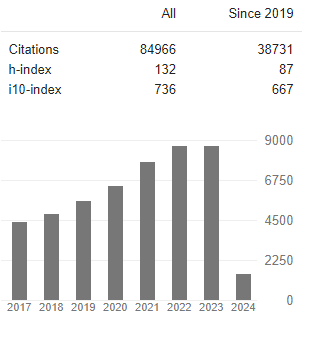Morphological and Molecular Characterization of Pigeon Pea (Cajanus cajan (L.) Millsp.) For Improved Utilization
Abstract
Bolatito T. Ojo, Adeniyi O. Togun, Michael Abberton, Olaniyi Oyatomi and Oyeyemi A. Dada
Background: Pigeon pea (Cajanus cajan (L.) Millsp.) is a multipurpose short-lived perennial food legume that provides fodder and wood for small holders. However, the crop remains underutilized with limited research on its diversification and improvement. Understanding the genetic diversity in germplasm of a crop is an efficient mean for unveiling unique traits that could be exploited for enhancing genetic improvement and utilization. This study characterized pigeon pea accessions using morphological descriptors and molecular markers.
Methods: Twenty pigeon pea accessions were evaluated under field conditions in a randomized complete block replicated thrice. Data collected on agro-morphological descriptors, were used to characterize the accessions. Young leaf samples collected from each accession was used for DNA extraction following CTAB standard procedure. Genetic diversity was carried out using Diversity Arrays Technology Sequence Single Nucleotide Polymorphic (DArTseq SNP) markers. Data were analysed using PCA, cluster analysis, and ANOVA at α0.05.
Results: The accessions differed significantly for all morphological parameters except days to 75% maturity and seed thickness. The accessions grouped into three clusters based on the morphological traits. Out of 2934 SNPs discovered all over the pigeon pea reference genome, only 2532 SNPs were retained after filtering. They were distributed all over the eleven chromosomes of pigeon pea.
Conclusion: Morphological and molecular variability exists among the accessions. The variations in morphology of seed of pigeon pea accessions is a vital trait that could be selected for further improvement necessary for enhancing consumers’ preference and utilization.




